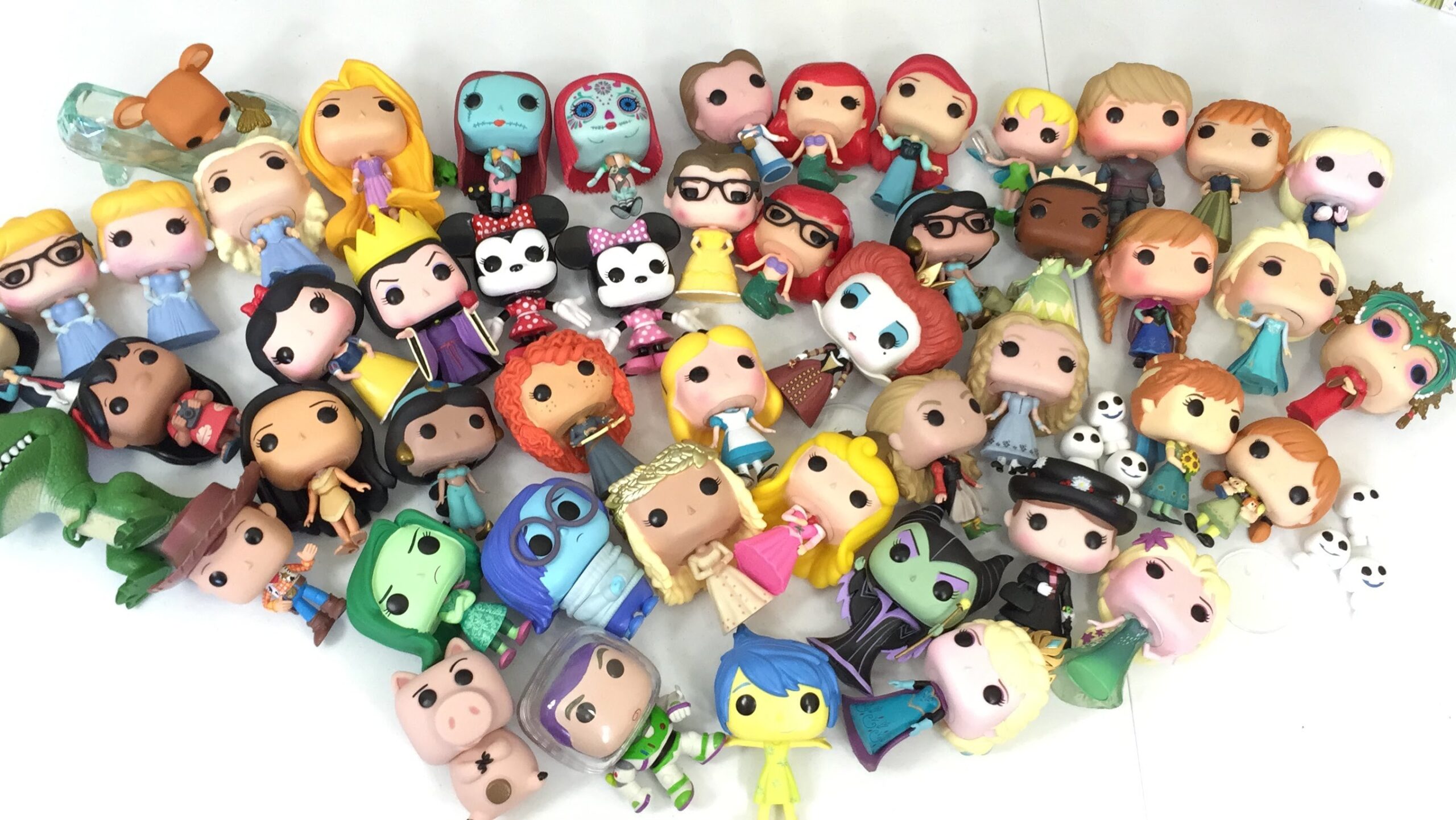Get Inspired in 4 Simple Steps

Jan 26 | 2017

Inspiration is something we’re all looking for. But the beautiful muse and the guy playing the lute are busy: they can’t get to everyone at just the moment you need them. We’ve all been stuck in the 9 to 5 rut, something the French call metro, boulot, dodo (which means, train, job, sleep) that repeats over and over again. But a life of monotony doesn’t breed creativity or ambition. If you need some help getting out of that rut, here are some tips. View our slideshow here!










